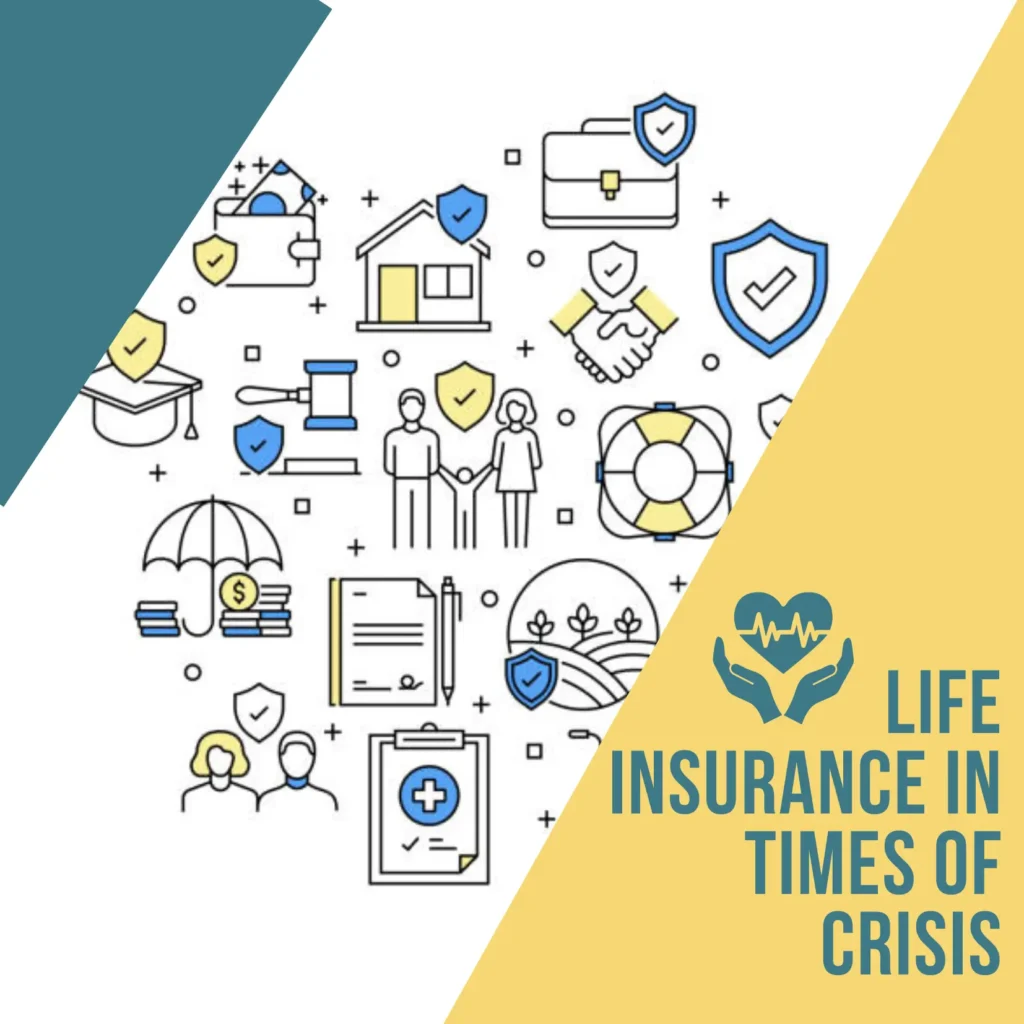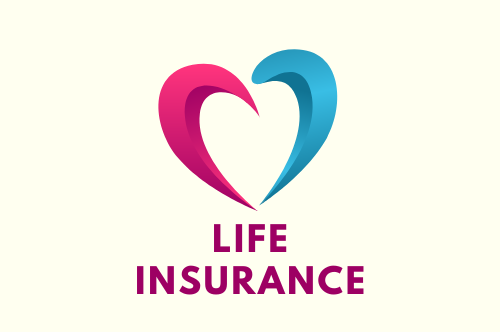Introduction
Families want stability and security more than ever during uncertainty and calamity. This extensive study evaluates life insurance’s role in financial stability, crisis response, and future protection.
Understanding Life Insurance
Individuals and insurance companies sign Insurance contracts. This arrangement requires the insurer to pay the death benefit. Insurance supports families.
Plans vary for life insurance.
Benefits of life insurance for necessities
1. Term Life
The term Insurance lasts 10–30 years. The insured’s beneficiaries get death benefits. Term insurance pays non-monetary death benefits. Hiding loved ones in life is inexpensive and easy.
2. Full-Life Insurance
Fully paid Insurance is lifelong. Whole life insurance cash value and death payouts increase tax-deferred. Policyholders can borrow and withdraw cash value. With fixed premiums, death payments, and cash values, whole Insurance offers long-term financial security and development.
3. Insurance Universal life premiums, cash values, and death benefits differ. Set premiums and death benefits to match your budget. Universal life credits cash value interest better than whole life, improving returns. Universal life insurance offers death benefit protection and cash value growth for investment and coverage possibilities.

Crisis life insurance matters
The crisis requires life insurance. Insurance protects in uncertain times:
1.Insurance helps survivors financially. A death benefit can pay mortgages, housing, and education. The family might pay during hard times to protect their money. Insurance protects the insured’s family after death.
2. Insurance pays if the primary breadwinner dies. Benefits from death help families pay debts. Insurance pays bills, schooling, and mortgages. Insurance money helps families transition after loss.
3. Debt Repayment: Life insurance pays credit cards, hospitals, etc. Insurance decreases debt during bad times, soothing the insured’s family. Insurance helps families recover from mortgages, medical bills, and commitments. The insured’s family benefits from insurance debt repayment.
4. Insurance helps company owners endure disasters. Without a CEO or partner, buy-sell agreements and key person insurance can cover succession, debt, and operational costs. The insurance death benefit might buy out the insured’s firm, pay corporate liabilities, or train a successor. This keeps the firm running smoothly and financially viable throughout crises.
5. Insurance helps transfer wealth. Insurance death benefits pay estate taxes, probate fees, and other expenditures, preserving assets.
6. Insurance gives policyholders and their families comfort beyond money. Protecting family and money boosts disaster resilience and confidence. Life insurance provides emotional and psychological support during difficult times if family members are financially secure or have a good financial plan. In uncertain times, insurance lets families focus on what matters.
Estate Planning: Life Insurance Essential

Insurance estate planning helps heirs inherit wealth. Legacy monies are managed and disbursed as desired, ensuring future security.
Covering Estate Taxations
Estate tax coverage via life insurance helps with estate planning. Estate taxes diminish assets. Death payments from insurance can pay these taxes for the estate and heirs.
Managing Probate Costs
A deceased person’s estate requires time and money to probate. Insurance pays urgent legal, judicial, and administrative probate costs. Timely probate and estate payments are simplified by insurance.
Addressing Other Costs
Funeral, debt, and medical costs are frequently included in estate taxes and probate fees. Insured families save money from insurance death payouts. Protecting inheritance from unexpected costs enhances wealth.
Effective Wealth Transfer
Direct life insurance payouts give instant financial comfort without probate. With direct deposit, emergency cash arrives faster.
Preserving Family Wealth
Insurance moves and safeguards family money. Insurance covers taxes, debts, and other expenditures, raising heirs’ wealth. Family financial security and long-term goals need money preservation.
Life insurance risk management
Risk control and financial stability are Insurance benefits. Insurance risk management:
1. Unknown death time is dangerous. Insurance pays a lump sum. This financial insurance protects dependents from financial hardship without the primary provider. Insurance helps families pay mortgages, tuition, and other expenses after income loss.
2. Retirement fund outliving is a longevity risk. People must save as life expectancies and retirement durations climb. Death benefits and cash value Lower whole and universal life insurance longevity risk. These programs provide lifetime income and stability. Cash value tax-deferred savings can improve retirement income or leave a legacy.
3. Health Risk: Medical and long-term care can be costly as people age or develop unanticipated health difficulties. Accelerated death benefits and long-term care riders limit risk by paying medical bills while alive. Terminally sick patients receive a lump sum for medical and end-of-life care and accelerated death. Long-term care riders safeguard policyholders’ money and quality of life by covering assisted living, nursing facilities, and home health care.
4. Investment market volatility devalues money and assets. Cash value Insurance is safer than other investments due to guaranteed minimum interest rates and market downturn protection. These schemes offer stability and tax-deferred riches. By increasing cash value, the guaranteed minimum interest rate protects retirement, education, and emergency funds against market volatility.
COVID-19 Life Insurance

COVID-19 has shown life insurance’s financial and risk management benefits. The exceptional scenario has increased mortality risk awareness and preparation. Pandemic Insurance was essential.
1. Rising Coverage Demand: COVID-19’s financial effect has increased insurance demand. Insurance firms saw increased income and inquiries from insurance awareness during the pandemic.
2. To fulfill consumer demand, insurers have improved underwriting and created new plans due to the pandemic. This includes paperless application, speedier underwriting, and new insurance features including critical illness coverage and COVID-19 exclusions.
3. COVID-19 family benefited from life insurance. Insurance benefits have helped families meet funeral, medical, and living costs during loss and uncertainty.
4. Protection Gap Awareness: Many households were poorly insured during the pandemic. The pandemic has many rethinking their finances and seeking insurance to fill gaps.
5. Financial and catastrophe readiness: The pandemic’s economic impact has stressed financial planning. Insurance safeguards family finances in a balanced financial plan.
Conclusion
Life insurance goes beyond cash to disasters. Family life insurance covers pandemics, recessions, and personal disasters. Understanding insurance may help loved ones financially. The crisis needs insurance for stability and security.


1 thought on “Life Insurance in Times of Crisis: How it Provides Stability”